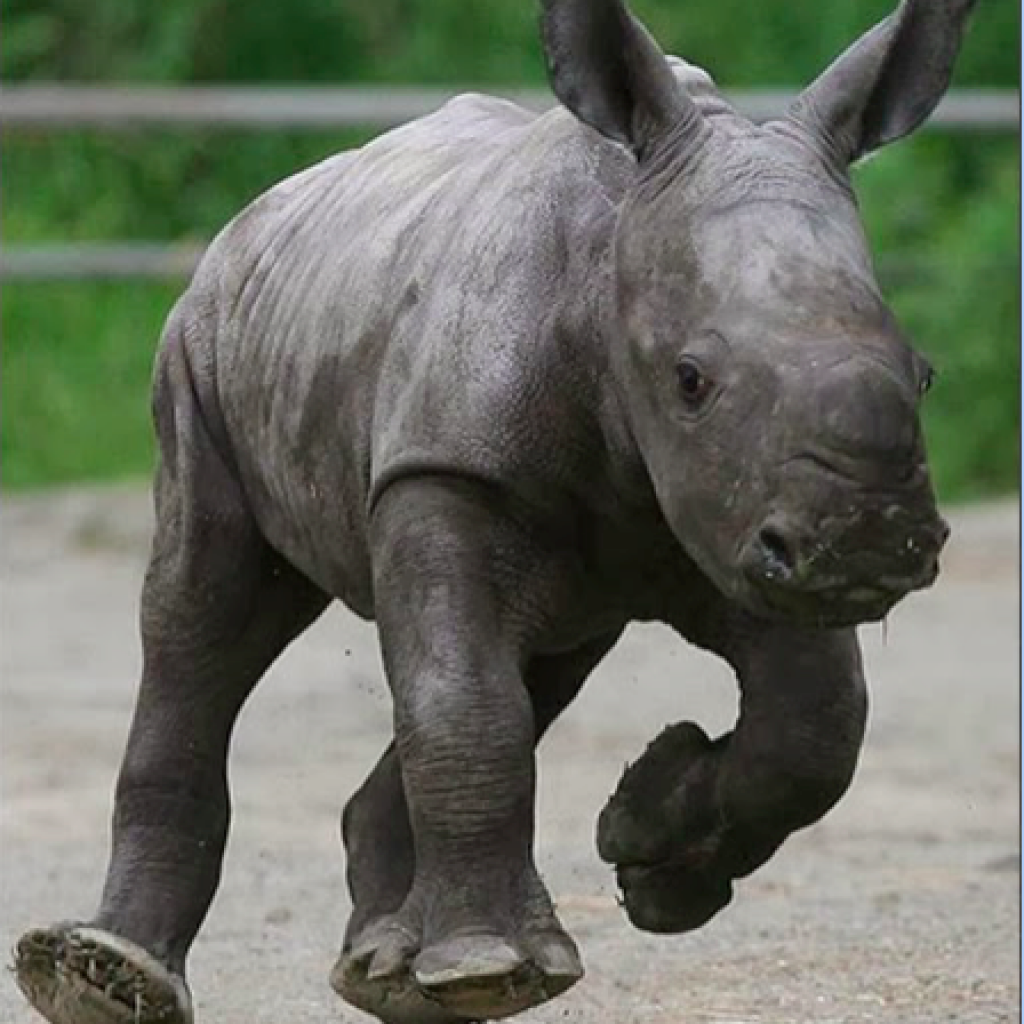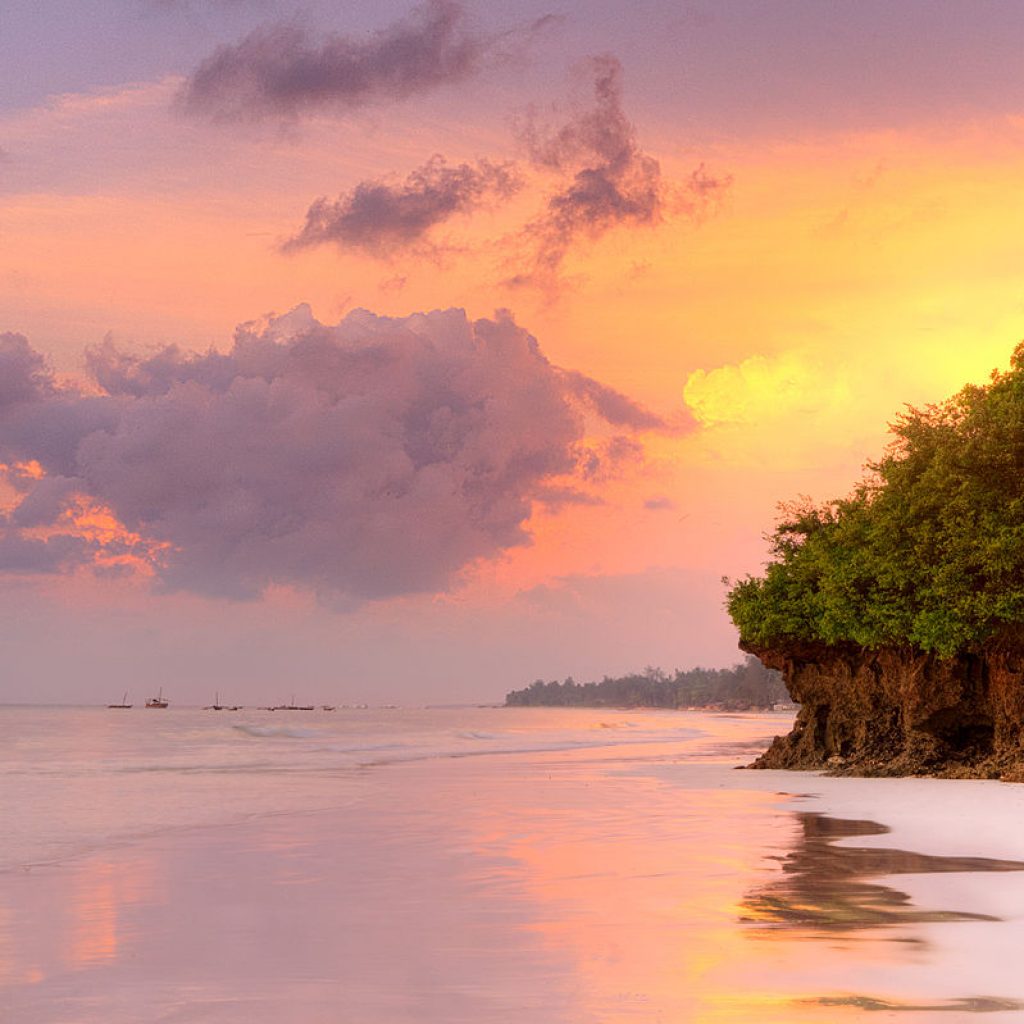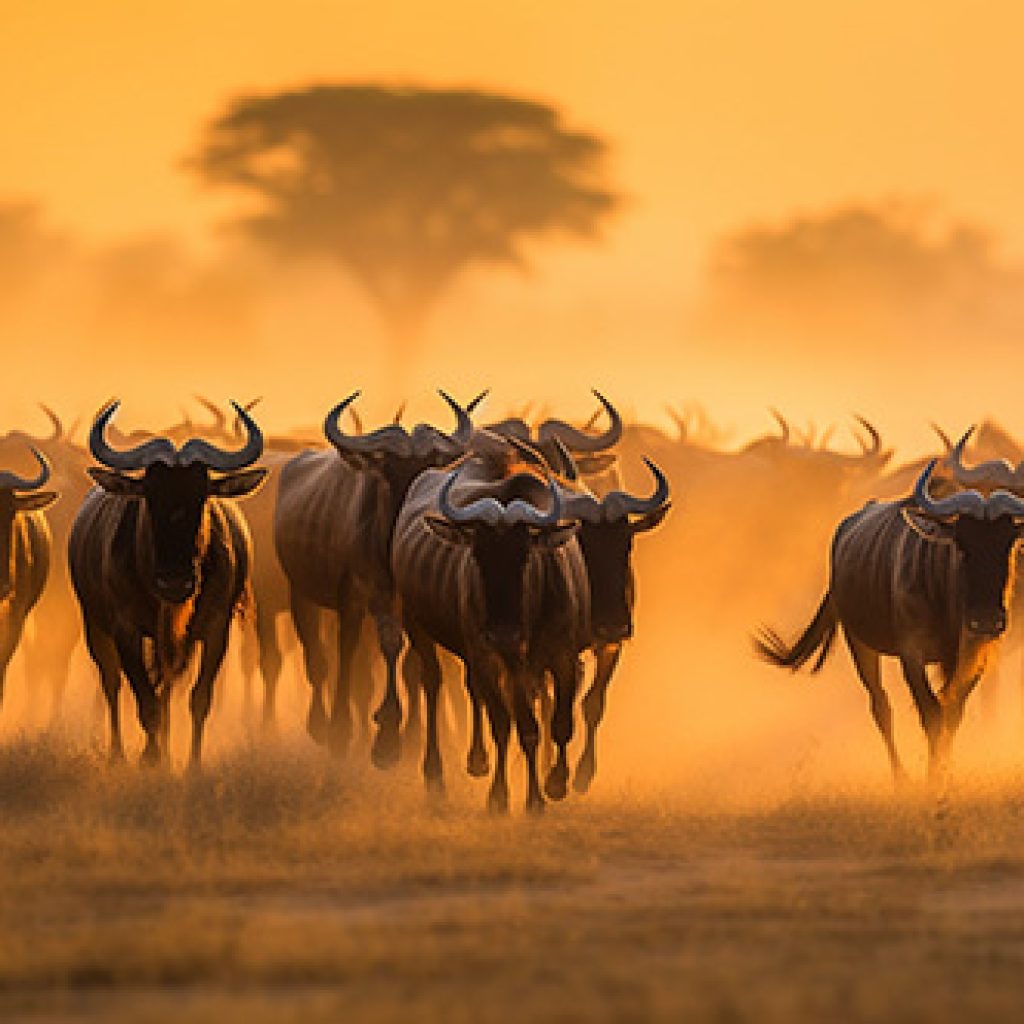
A real special of the crater is the black rhino. Rhino is hard to see in Tanzania, and black rhino is typically very shy – sticking to thick vegetation. This is not so in the crater, where they have a predictable routine of spending the night in Lerai forest, and the day in open grassland.
Rhinos are, generally, solitary animals. They establish personal territories and, for the most part, stay within the borders of these regions. The exception is usually during the period in which they are mating. As the world’s available land continues to shrink due to urbanisation, industrialisation, deforestation, agriculture and pollution, the rhinos (as well as the thousands of other species that make their home in these natural areas) are faced with a very dismal future.
Poaching is, of course, the primary reason that rhinos around the world are facing extinction, but loss of habitat is a close second. Therefore, protecting their natural habitat is becoming increasingly important to a number of organisations. However, even individuals can play a role in these initiatives.
Just recently very near our camp, Lions Paw, in the Ngorongoro Crater, a baby rhino was attack by group of lions.
The group of hungry lions was about to eat the baby Rhino before the our guides with other tour drivers use their vehicles to rescue the young Rhino. The drivers successful saved the life of baby Rhino before rangers arrived to get the baby Rhino to safety.






About The Author: Ronnie Harris
More posts by Ronnie Harris